Welcome to all, old and new. The harvest season is beginning. We look forward to an exciting 31 straight weeks of providing you with sustenance courtesy of the soil at Fair Share Farm. It is a challenge that we enjoy, one filled with awesome perks and the opportunity to participate in modern organic farming.
One such perk has been a surplus of eggs for the household. They are a good source of protein and help us maintain strength throughout the day. An afternoon snack of a hard-boiled egg with Worcestershire sauce can really help.
.jpg) |
| Frittatas |
With us, eggs for dinner often takes the form of a frittata. Essentially, a crust-less quiche, it is simple and versatile. This first week’s share is made for this dish. Asparagus, chard, spinach, and herbs all go great with eggs.
Asparagus and Chard Frittata
1/2 lb. asparagus
4 large chard leaves
1 green onion
6 eggs
1/4 cup milk
1 to 2 cups grated cheese
1-1/2 tbsp. olive oil
1 tbsp. butter
1/2 tsp. salt
Clean and chop the chard, green onion and asparagus. Sauté the chard in the olive oil and butter for 5 minutes over medium heat in an oven-proof pan. Add the salt, green onions and asparagus and cook 3 more minutes.
Beat the eggs and milk. Add half the cheese to the eggs, stir, and then pour into the pan with the vegetables. Cook over medium heat for 5 minutes. The eggs should be cooked around the edges of the pan, and the center will still be soft.
Sprinkle the remaining cheese over the top and place in the broiler for 5 minutes, or until golden brown. Let cool for 5 minutes. Serve warm.
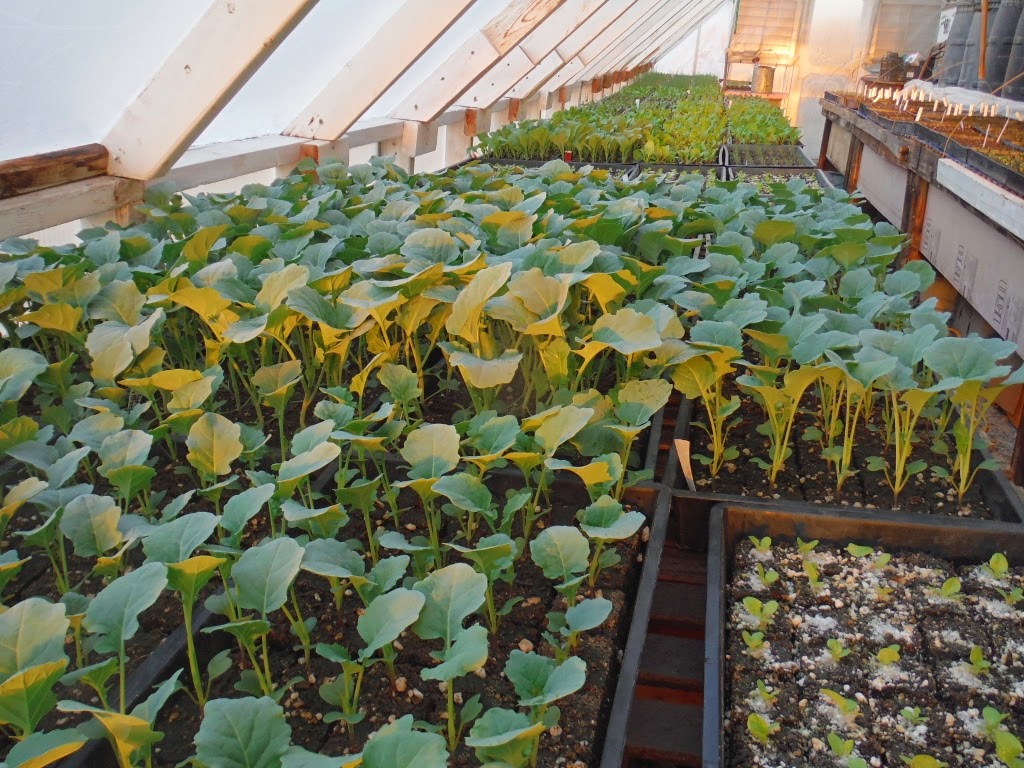+(1024x768).jpg)
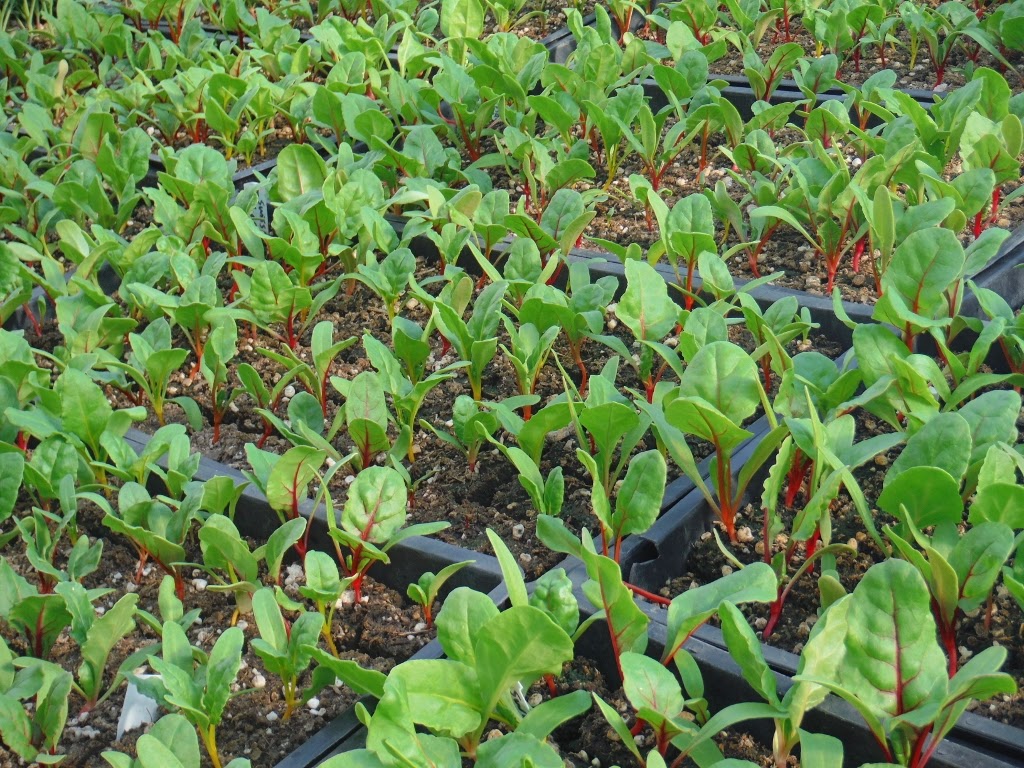+(1024x768).jpg)



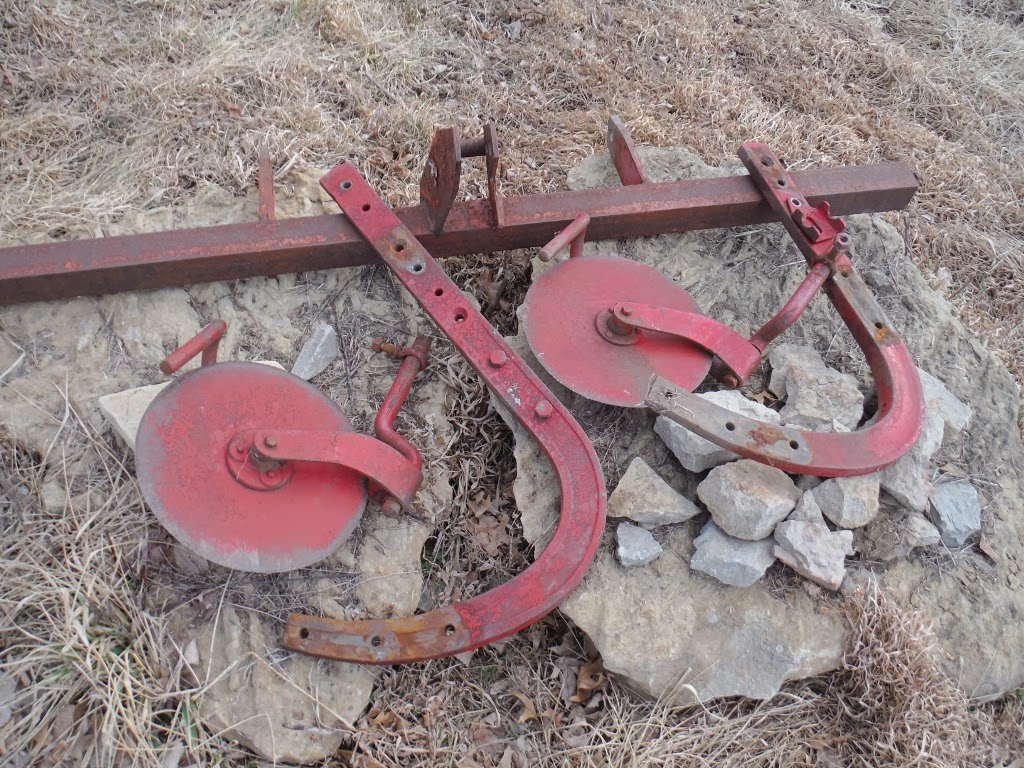.jpg)
.jpg)
.jpg)
.jpg)
.jpg)
.jpg)




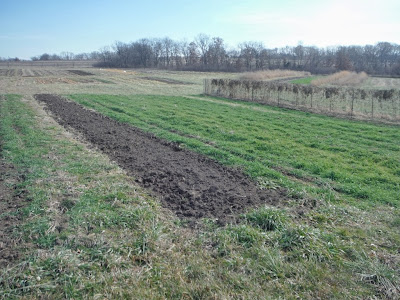.jpg)



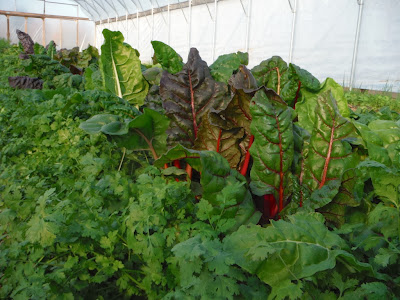.jpg)
